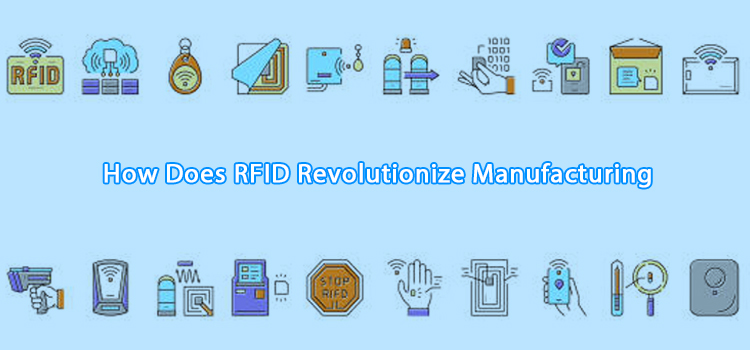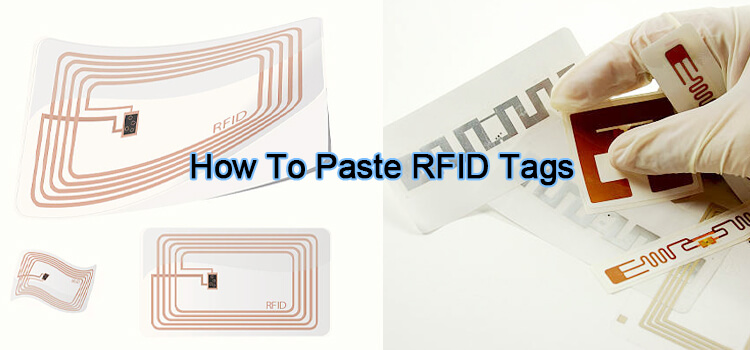Radio Frequency Identification Technology (RFID) for cattle tracking is a system that uses Radio Frequency (RF) signals to identify and track individual animals. RFID tags are small, electronic devices attached to the animal. They emit signals containing identification information.
A reader receives this information and converts it into a digital format. The data is then used to track the animal’s movements, health, and other information. Here is a detailed guide on how this technology works.
What is RFID Technology, and How Is It Used for Cattle Tracking?
RFID Technology Definition
RFID technology refers to the use of Radio Frequency (RF) signals to identify and track individual objects. An RFID system comes with:
- RFID Tags. These are small, electronic devices that are attached to the target object. They emit a signal containing identification information.
- RFID Readers. These devices receive the RF signal from the tags and convert it into a digital format.
- RFID Software. This software is used to manage and interpret the data collected by the readers.
RFID tags are used to store information about an object, such as its name, description, and location. The tags can be attached to almost any object, including animals, cars, and packages.
When the subject item passes within range of an RFID reader, the tag is activated and powered by radio waves released by the reader. The tag then emits a signal that contains the identification information.
The reader receives the signal and sends it to the management software. Here, the information is interpreted and stored in a database. The data can then be used to track the object’s movements and any other relevant parameter.
How RFID Technology Is Used for Cattle/Livestock Tracking
RFID technology is used for cattle tracking by attaching RFID tags to the animals. The tags contain the animal’s identification information, including its name, breed, and location.
However, not all RFID tags will work optimally for cattle tracking. This is because some tags’ performance is affected by liquids. Additionally, animals are likely to move to moist areas (near a water source), which can also interfere with tag performance.
To address these challenges, there are several RFID tags designed specifically for cattle tracking. These tags are made of materials that are resistant to liquids and work within a frequency less prone to interferences.
The most widely used RFID tags are Low-Frequency (LF) RFID tags. These tags have the following characteristics:
- Works within a frequency range of 30 kHz to 300 kHz. Most of them are confined to the 125 kHz – 134 kHz range.
- Uses inductive coupling to pass information
- Usually passive, meaning that they do not require an external power source to work optimally
- Long-wavelength that penetrates thin metal surfaces with ease
- Can operate in high water content environments
- Limited read range (several centimeters)
Additionally, the read speed for these tags is usually slow (1-2 seconds) due to their long wavelength. This can be a challenge when tracking fast-moving animals.
Components of RFID Cattle Tracking System
If you are a farmer looking to implement RFID technology for cattle tracking on your farm, you will need the following components:
- Tracking Equipment. This system comprises RFID readers, antennas, and RFID animal tags. The readers will be placed around the farm to receive signals from the tags. The antennas will then capture and amplify the RF signal. The tags will be attached to the cattle.
- Management Software. This software is used to manage and interpret the data collected by the readers. It can be installed on a computer or a handheld device in the form of an app.
- Database. The database will store the information collected by the readers and management software. It must be accurate since it will be used to make important decisions about the animals.
- Installation and Training. You will need to hire someone to install the tracking equipment and train your staff to use it.
The total cost of setting up an RFID cattle tracking system will vary depending on the type of equipment you choose. However, the cost is usually lower than other traditional methods of animal tracking, such as barcodes.
Additionally, most suppliers will sell all the components as a kit. This way, you will not have to worry about finding the individual components and assembling them yourself.
Benefits of Using RFID Technology for Livestock Tracking
There are several benefits of using RFID technology for cattle tracking:
- Increased Efficiency. RFID technology can help to improve the efficiency of cattle tracking operations. This is because it allows farmers to track the location and movements of animals in real-time. The tags also store other critical details about the animal, such as its age and health status. This information can be accessed by the farmer or a veterinarian with a handheld device.
- Reduced Labor Costs. RFID technology can help to reduce labor costs associated with cattle tracking. It automates many of the tasks that would otherwise be manual, including recording animal IDs.
- Improved Animal Welfare. RFID technology can help to improve animal welfare by providing accurate information about the location and movements of animals. This helps to ensure that animals are not stressed unnecessarily.
- Improved Record Keeping. RFID technology can help to improve record-keeping by providing accurate and up-to-date information about the location and movements of animals. This information can be used to make decisions about the animal’s welfare, health, and productivity.
- Easy Data Transfer. RFID technology allows data to be transferred quickly and easily between the tags, readers, and management software. This helps to improve the accuracy of the data and reduces the time needed to process it.
- Easy Animal Quarantine. In case of an animal health emergency, RFID technology can help to quarantine animals quickly and easily. This is because the tags contain all the information needed to identify and track the animal.
Overall, RFID technology offers several benefits for cattle tracking. You should consider it as an option if you are looking to improve the efficiency and accuracy of their cattle tracking operations.
Related Articles
- LF, HF, And UHF Frequency: What’s The Difference?
- 10 Common Applications Of RFID In Hospitals
- Why RFID Attendance System In Schools & Its Benefits?
- RFID Animal Tracking And Identification
- Using RFID For Inventory Management
- RFID For Laundry: How It Works? What Are The Benefits?
- RFID For Parking Management
- How Does RFID Revolutionize Manufacturing
- Why Do You Need RFID Jewelry Tags?




